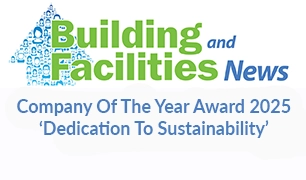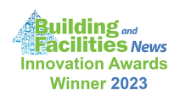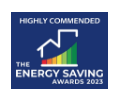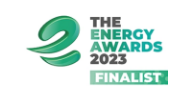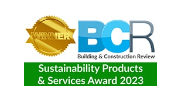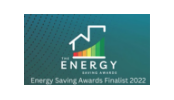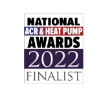Adveco outlines the three steps available to introduce sustainable hot water in schools: gas water heater replacement, gas heating plus a low-carbon source of preheat such as heat pumps or solar thermal or all-electric water heating.
The UK school’s estate is currently comprised of approximately 96,000 buildings. Approximately 85% of current UK building stock is more than 30 years old, and 80% is expected to still be in use by 2050. This translates into an enormous challenge to introduce greater sustainability to premises which were never conceived to be climate friendly.
However, quick wins can be achieved, notably through the transition to LED lighting and the replacement of ageing water heating. Lighting and heating account for 40% of building carbon emissions, and water heating alone can consume 30% of a building’s energy demands. Replacing water heating comes with complexity, but most alteration will take place in the plant room and potentially externally, depending on the scale of works, but overall is low impact and less capital intensive compared to space heating, for example.
Sustainable Hot Water In Schools: The Three Options
There are essentially three options for addressing sustainable hot water in schools as part of a wider sustainability strategy. If, like most schools, buildings are gas connected the first option is to remain on gas alone. The second is to combine gas with low carbon or renewable pre-heat to reduce carbon emissions and control costs. The third and only option for a new build is to commit to all-electric water heating.
It may sound counterproductive to stay on gas water heating as a sustainable strategy, but this is the most cost-effective choice now in terms of both capital and operational investments. The latest generation of gas water heaters are highly efficient, maximising energy use for lower emissions and offer a stratagem should the UK opt to embrace a national green gas grid. Expectations for a national hydrogen network, should it proceed, would see a full transition in the 2040s, which aligns with the start of end-of-life decisions for appliances installed now. The current generation of gas water heaters also offers the capability to use 20% hydrogen blend, which is likely the first stage of regional hydrogen transition. So, the technology provided a bridge to next-generation sustainable hot water in schools.
Adding preheat to a gas-fired system creates a hybrid approach. Currently the most popular option, blending improved carbon savings with lower operational costs. Pre-heat is typically generated by either air source heat pumps or solar thermal. This approach maximises the efficiency of the technologies involved, creating water temperatures of at least 50°C. Not enough alone for safe operation, but when combined with a primary heat source, such as gas, it can be used to raise final temperatures to a necessary 65°C as well as meet peak demands and exceptional requirements for hot water. This hybrid approach also means heat pumps need not be excessively large. Compact R32 units are more than capable of supporting pre-heat demands for school buildings, and these are lower cost, reducing capital investment along with carbon emissions. To drive such temperature outputs from a heat pump, electrical demand will increase, so any heat pump-based system is going to be more expensive to run compared to gas alone. This is where integrating solar thermal is most advantageous. A true renewable and intrinsically safe to operate as the technology is designed to use gravity feed, aided by a small water pump. Using far less space for collectors than photo-voltaic solar systems, solar thermal is the optimal technology for water heating, capable of offsetting at least 30% of system energy demands. As well as active carbon reduction, current cost savings from solar thermal installation mean the technology offers one of the fastest returns on investment for sustainable hot water in schools.
The third step toward net zero school buildings is to embrace an all-electric approach. This has inherent operational costs as grid electricity remains approximately four times that of gas but gives an absolute future-proof method for water heating, which will continue to offer carbon reduction as the grid becomes greener. It is also important to consider the overall strategy for electricity use, and most school buildings will have a limited grid connection. To expand that to accommodate all-electric systems, combining heating and EV charging, for instance, can prove extremely expensive. Sizing an electric water heating system is critical; there is a tendency to oversize, leading to spikes in capital and operational investment. This can be avoided by once again adopting the hybrid approach to water heating. Blending technologies to optimise and also offset energy use is the best way to achieve sustainable hot water. And because systems are more compact, installation is far simpler and cost-effective. Plus, there is no flueing necessary, zero dangerous NOᵪ emissions and potentially more than 55% lower carbon emissions from this approach when compared to equivalent gas-only systems.
Despite industry efforts, there remains no single technology that offers safe, easy-to-implement, high-temperature, sustainable hot water in schools without notable cost implications. A hybrid approach which blends the best of currently available technology remains the more impactful and most realistic investment approach today. For schools aiming to refurbish their hot water systems, a building-by-building approach – which may require a bespoke resolution – is highly recommended if an optimal outcome which best balances carbon reduction and cost is to be found.


